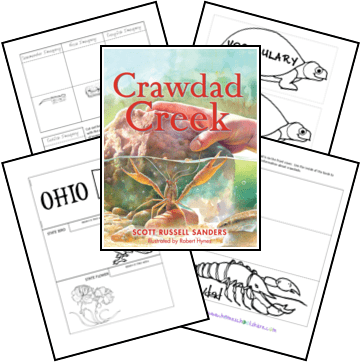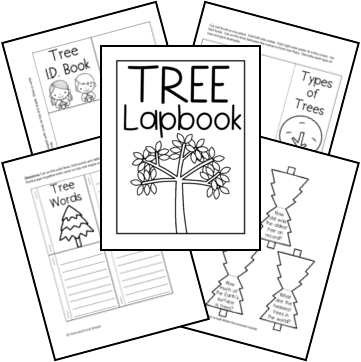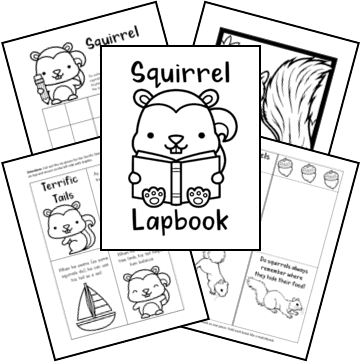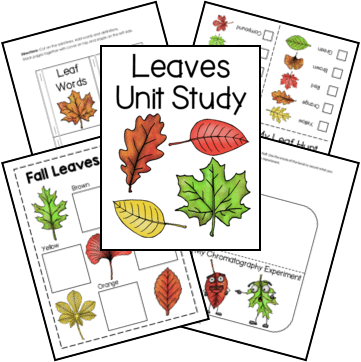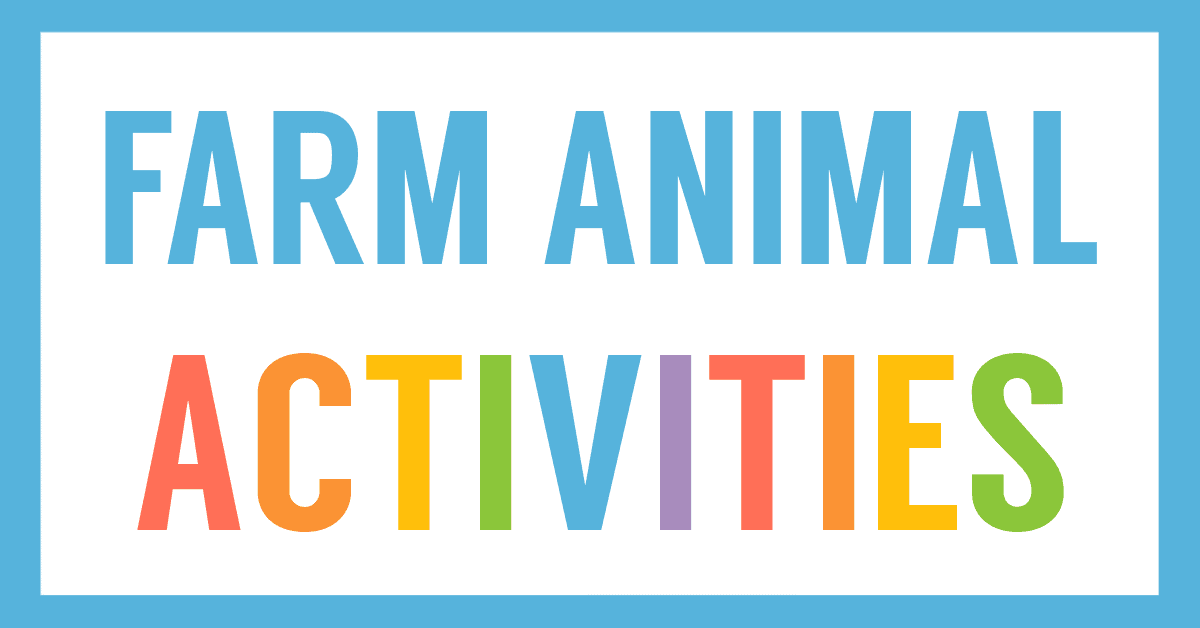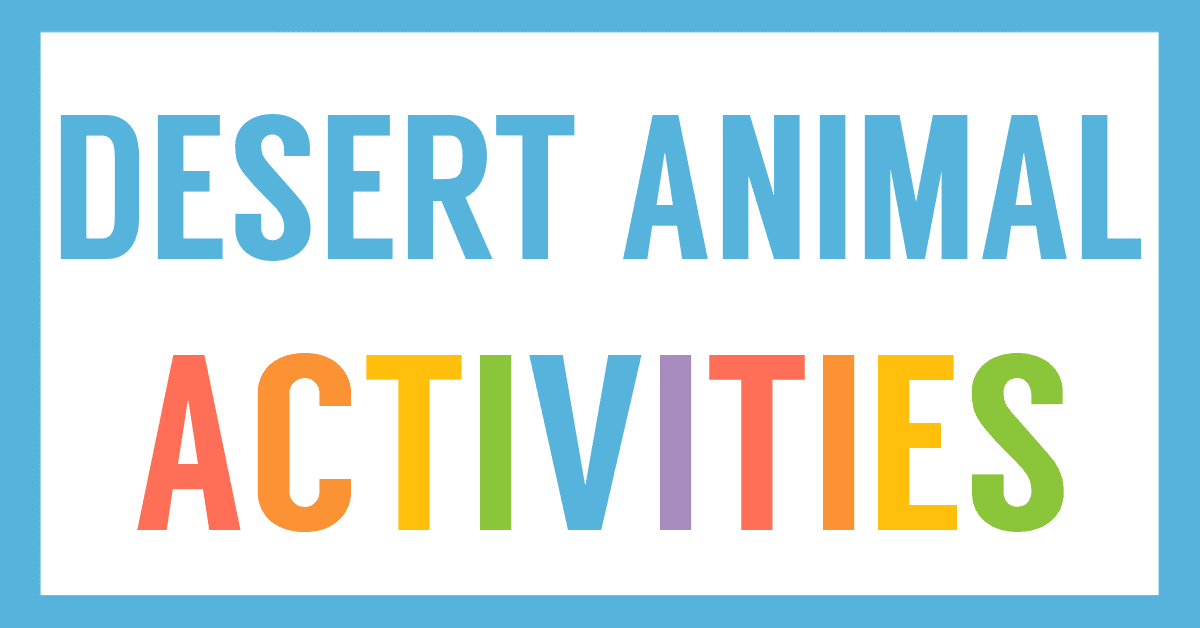Affiliate Disclaimer
We sometimes use affiliate links in our content. This won’t cost you anything, but it helps us to keep the site running. Thanks for your support.
There’s always something happening at Crawdad Creek.
That’s what Lizzie and Michael call the stream that runs behind their house. Come pan for gold, hunt for fossils, find an arrowhead in the mud or a crayfish under a stone. Watch whirligig beetles and water striders skate across the water, teasing the fish below, and count the turtles sunning themselves on moss-covered logs. Follow tracks along the bank, then sit in quiet amazement as deer, raccoons, and other animals visit the creek. There’s a wild and beautiful world here waiting to be discovered.
from Crawdad Creek at amazon.com
This beautiful book will inspire you and your students to get out and explore the world around you. Grab our free Crawdad Creek unit study and get started on the lessons that will help boost your love for nature.
Thanks to Celia Hartmann for writing the lessons for this Crawdad Creek unit study.
Crawdad Creek Unit Study Lessons
This unit study includes lessons and printables based on the book Crawdad Creek by Scott Russell Sanders.
Here are some sample lessons from the Crawdad Creek Unit Study:
History: Native American Tribes of Ohio
The Adena Indians lived in central and southern Ohio from about 800 BC to about the birth of Jesus. They are famous for the mounds they built over top of their graves. These mounds range in size from 2-3 feet in height to structures nearly 70 feet tall and 300 feet in diameter.
The Hopewell Indians lived in southern Ohio from about 100 BC – 500 AD. The Hopewell Indians were also “mound builders” like the Adena. They created complex earthworks enclosing hundreds of acres of land. Some of the earthworks were geometric in shape–circles, squares, octagons, etc. The largest of these sites, the Newark Earthworks on the Licking River near central Ohio, covers four square miles. They also built created rings of earth on top of high hills.
No one knows why the Mound Builders left Ohio, they just seem to have disappeared.
Science: Naturalist
A naturalist (someone who loves nature) must have patience (the children sitting still waiting to see animals) and keen observation and listening skills.
Science: Animal Tracks
Can your student spot any animal tracks in the book? If possible, go to a creek and see if you can find any animal tracks.
Language Arts: Personification
Personification gives human traits to a non-human object. “The creek talks all the time….It whispers….it murmurs….shouts.” What other examples can your student find in the story? Encourage your student to use personification in his own writing.
You can grab a copy of the entire Crawdad Creek Unit Study and Lapbook in an easy-to-print file at the end of this post.
Crawdad Creek Lapbook Printables
These printables are included for your student to create a Crawdad Creek Lapbook:
- Treasure Chest Shape Book
- Crawdad Tri-fold Book
- Turtle Shaped Vocabulary Book
- Imagery Matchbooks
- Siblings Simple Fold Book
- Ohio Tab Book
- Early Native Americans in Ohio Tab Book
- Animals at the Creek Classification Cards
How to Get Started with Your Crawdad Creek Unit Study & Lapbook
Follow these simple instructions to get started with the Crawdad Creek Unit Study:
- Buy a copy of the book, Crawdad Creek, or borrow one from your local library.
- Print the Crawdad Creek unit study.
- Choose the lessons you want to use with your student (a highlighter works great for this).
- Choose and prepare the lapbook printables you want to use with your student.
- Enjoy a week of learning down at the creek.
Get Your Crawdad Creek Unit Study & Lapbook
Simply click on the image below to access your free Crawdad Creek Unit Study and Lapbook.

